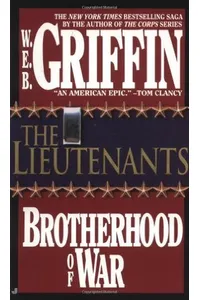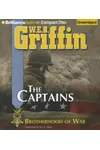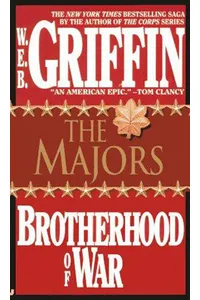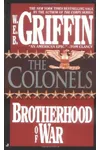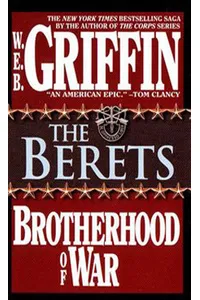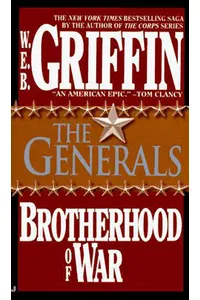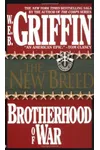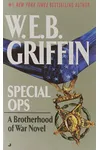Step into the thrilling world of W.E.B. Griffin’s Brotherhood of War, where the courage, camaraderie, and chaos of military life leap off the page! This sweeping military fiction saga follows U.S. Army officers from the battlefields of World War II through the Korean War and beyond, blending historical accuracy with gripping personal dramas. With a knack for vivid characters and meticulous detail, Griffin crafts a series that’s as much about the bonds of brotherhood as it is about the battles themselves.
Unlike typical war novels that focus solely on combat, Brotherhood of War dives deep into the peacetime lives of its characters, exploring their ambitions, sacrifices, and relationships as the Army evolves. It’s a heartfelt tribute to the American soldier, wrapped in a page-turning narrative that keeps you hooked from the first salute to the final mission.
How Brotherhood of War Began
W.E.B. Griffin, a former U.S. Army soldier who served in Germany post-World War II and during the Korean War, poured his firsthand experiences into Brotherhood of War. Launched in 1982 with The Lieutenants, the series was inspired by Griffin’s desire to capture the human side of military service—not just the gunfire, but the grit, humor, and heart of those who serve. His time in counterintelligence and as a combat correspondent shaped the series’ authentic tone, earning praise for its historical accuracy and relatable characters.
The Heart of Brotherhood of War
The series spans nine novels, each chronicling the careers of four key officers: Craig Lowell, Sandy Felter, Bob Bellmon, and Phil Parker. The Lieutenants (1982) kicks things off, following their early days in World War II’s final years, from North Africa to occupied Germany, with a daring POW rescue mission inspired by real events like Operation Ivory Coast. The Captains (1983) dives into the Korean War, showcasing their leadership under pressure, while The Generals (1986) tackles the Vietnam era, highlighting the Army’s shift to air assault tactics. Special Ops (2001) wraps the saga, pitting the officers against Che Guevara in a thrilling 1960s covert mission.
Griffin’s style is immersive yet accessible, blending technical military jargon with humor and humanity. Themes of duty, loyalty, and personal sacrifice shine through, as characters navigate love, loss, and the moral complexities of war. The series’ settings—spanning global conflicts and quiet Army bases—reflect the Army’s evolution, particularly in Special Forces and Army Aviation, making it a love letter to military innovation and resilience.
Why Brotherhood of War Resonates
Brotherhood of War has left a lasting mark on military fiction, praised by fans and critics like Tom Clancy for its epic scope and authentic portrayal of Army life. Its focus on character-driven storytelling over nonstop combat sets it apart, appealing to readers who crave depth alongside action. Veterans especially connect with Griffin’s depiction of the soldier’s life, from barracks banter to the weight of command, making it a cult favorite among military readers. Decades after its debut, the series remains a testament to the enduring spirit of those who serve.
- Publication Years: 1982–2001
- Number of Books: 9
- Notable Praise: Called 'an American epic' by Tom Clancy
Grab The Lieutenants and dive into Brotherhood of War’s thrilling world of courage, camaraderie, and military adventure! Whether you’re a history buff or a drama lover, this series promises a front-row seat to an unforgettable saga.
